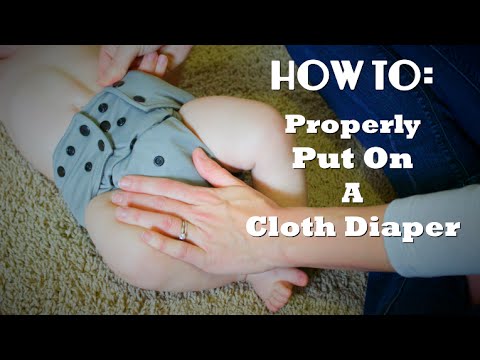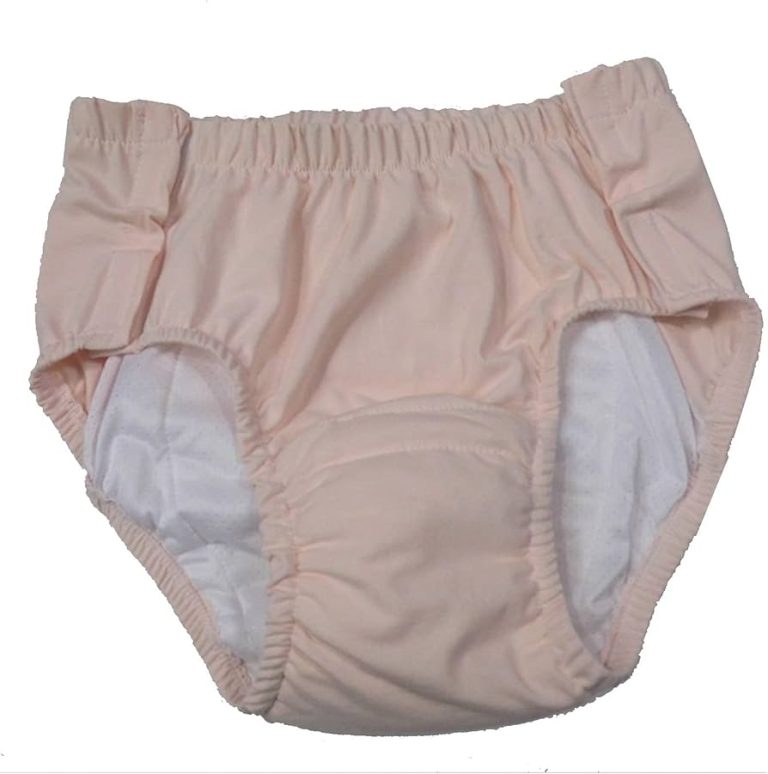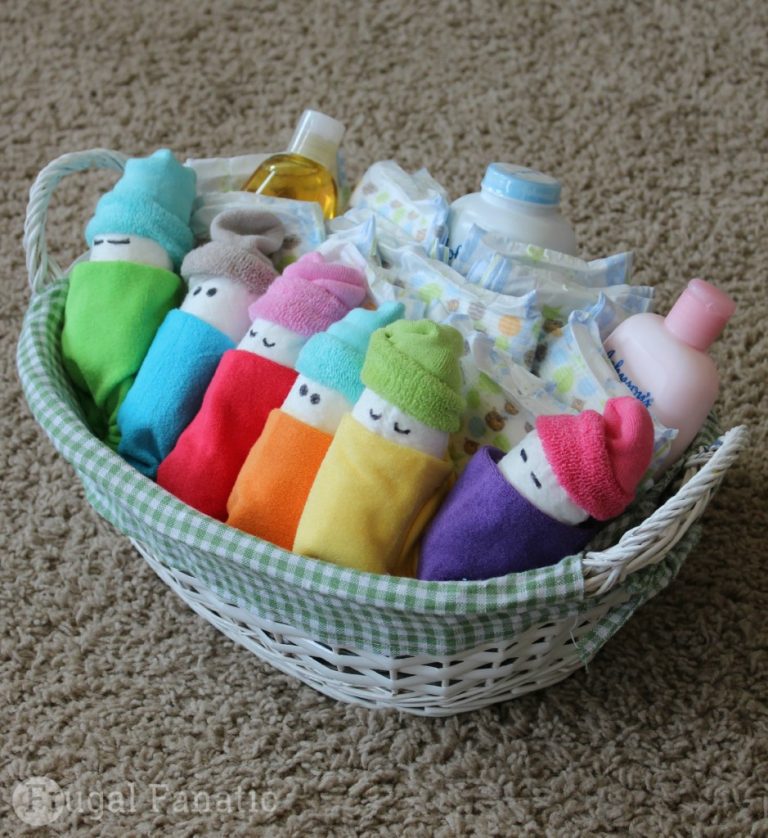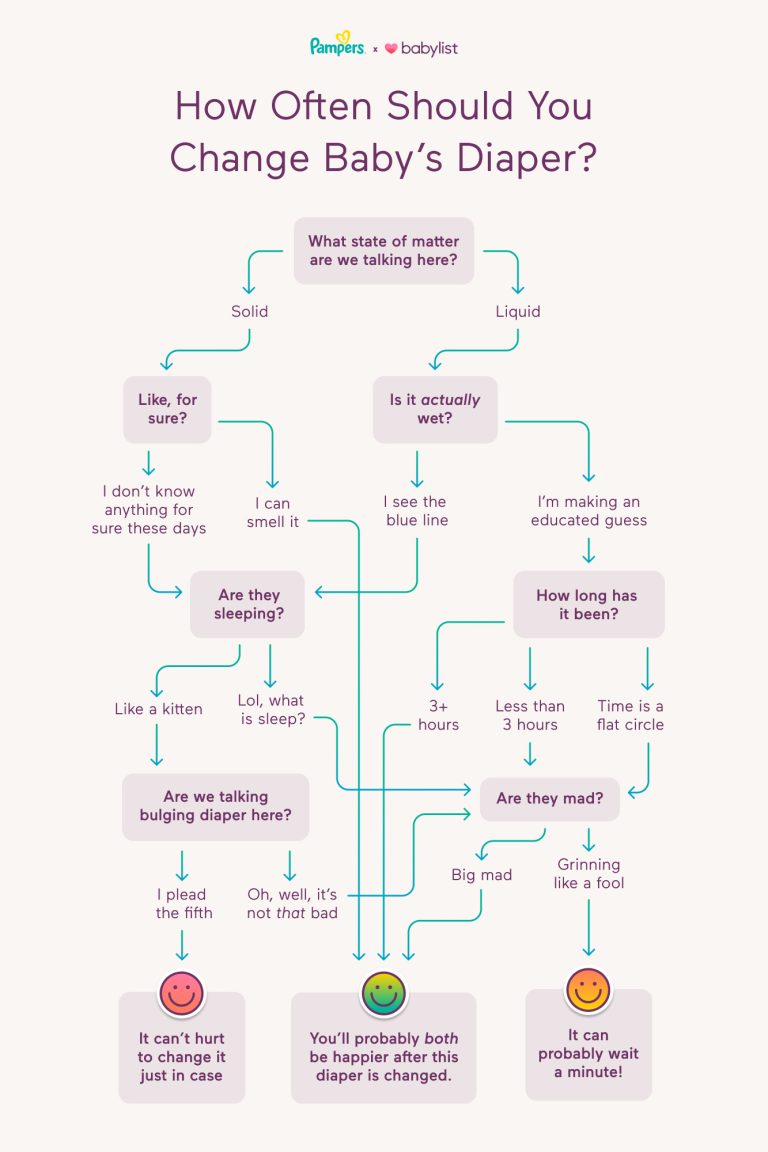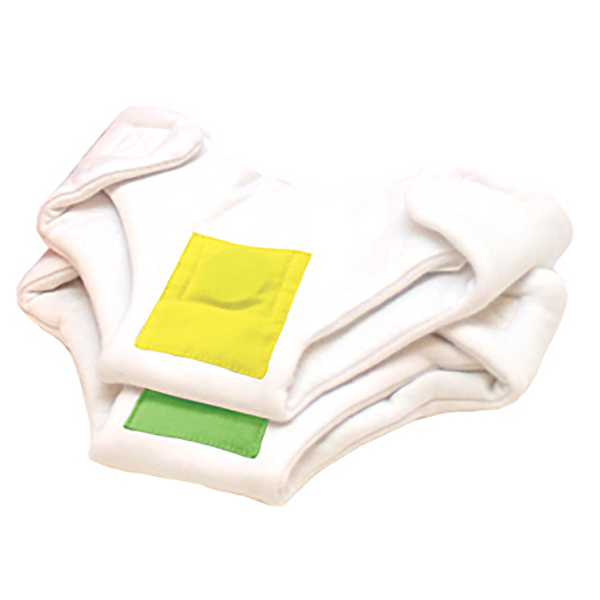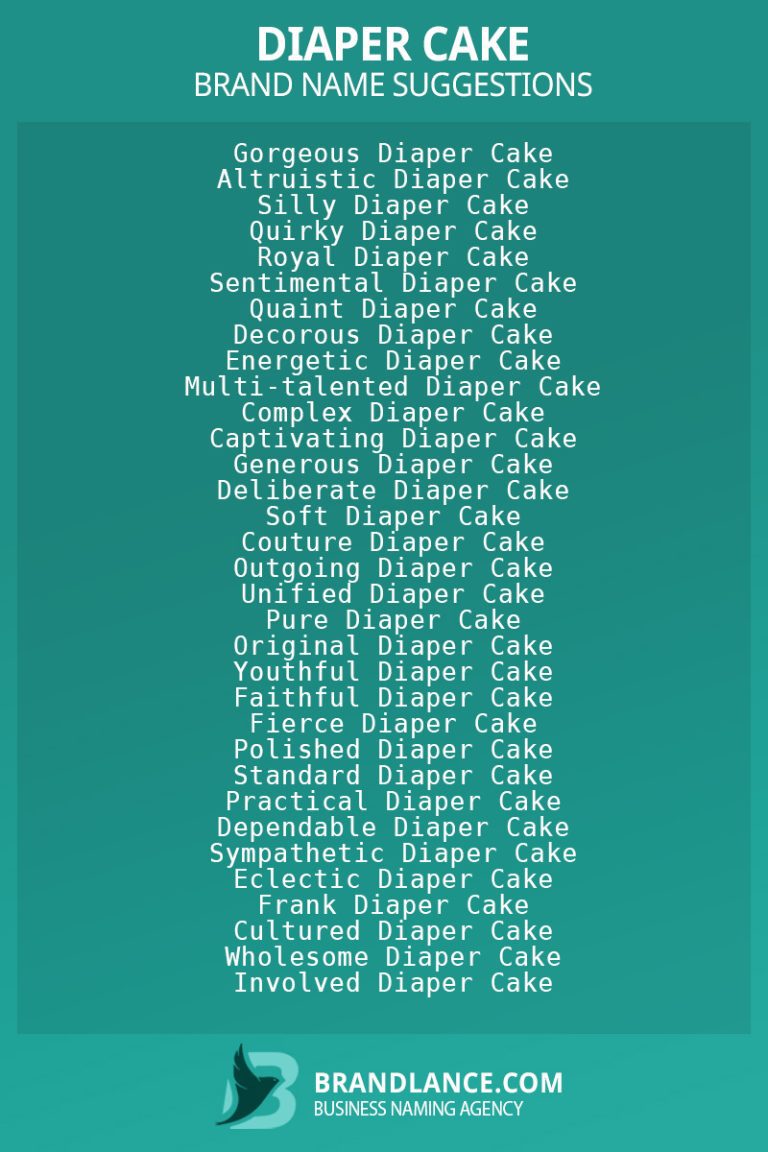How to Use Cloth Diaper With Inserts: A Beginner’s Guide
To use a cloth diaper with inserts, place the insert inside the diaper pocket. Then, secure the diaper on your baby.
Cloth diapers with inserts are an eco-friendly and cost-effective alternative to disposable diapers. They consist of a reusable outer shell and absorbent inserts. The inserts can be made from various materials like cotton, bamboo, or microfiber. Parents often prefer cloth diapers due to their reduced environmental impact and potential savings.
With proper care, these diapers can last through multiple children. To get started, simply choose the right size, insert the pad, and fasten the diaper securely. This method provides comfort for your baby and peace of mind for you.
Introduction To Cloth Diapering
Cloth diapering is a great choice for many parents. It offers a reusable and eco-friendly option for baby care. Using cloth diapers with inserts can be simple and effective. This guide will help you understand the basics.
Why Choose Cloth Diapers
Cloth diapers are a wonderful alternative to disposables. Here are some reasons why:
- Cost-effective: Cloth diapers save money over time.
- Reusable: They can be used multiple times.
- Less waste: Reduces the amount of trash.
Environmental And Health Benefits
Using cloth diapers has multiple benefits for the environment and your baby’s health. Let’s explore these benefits:
| Benefits | Details |
|---|---|
| Less landfill waste | Cloth diapers are reusable and reduce landfill waste. |
| Fewer chemicals | They contain fewer chemicals than disposable diapers. |
| Better for baby’s skin | Cloth diapers are gentler and reduce diaper rash. |
Using cloth diapers can make a positive impact on the environment. They keep your baby comfortable and healthy.
Types Of Cloth Diapers
Cloth diapers with inserts offer a reusable and eco-friendly alternative to disposable diapers. Understanding the types of cloth diapers available can help you choose the best option for your baby’s needs. Here are the most popular types of cloth diapers.
All-in-one Diapers
All-in-One (AIO) diapers are the most convenient type. They combine a waterproof outer layer with an absorbent inner layer. There is no need for separate covers or inserts. They are as easy to use as disposable diapers.
- Pros: Easy to use, no need for additional parts.
- Cons: Longer drying time, can be more expensive.
Pocket Diapers
Pocket diapers have a waterproof outer layer and a pocket inside. You can stuff this pocket with absorbent inserts.
- Pros: Customizable absorbency, faster drying time.
- Cons: Need to stuff and un-stuff inserts, can be bulky.
| Feature | Details |
|---|---|
| Material | Waterproof outer, inner pocket for inserts |
| Absorbency | Adjustable with different inserts |
Prefold Diapers
Prefold diapers are rectangular cloths that you fold to fit your baby. You need a separate waterproof cover to keep them in place.
- Fold the prefold diaper.
- Place it inside the waterproof cover.
- Secure it around your baby.
- Pros: Cost-effective, highly absorbent.
- Cons: Requires folding, needs a separate cover.
Choosing The Right Inserts
Choosing the right inserts for your cloth diapers is crucial. Inserts play a vital role in keeping your baby dry and comfortable. Different inserts offer varying levels of absorbency and fit. Below, we discuss various aspects to consider while choosing the right inserts for your cloth diapers.
Material Options
Cloth diaper inserts come in various materials. Each material has its pros and cons. Here are some common options:
- Cotton: Soft, natural, and breathable, but may not be very absorbent.
- Microfiber: Quick to absorb, but can hold odors and may cause rashes.
- Bamboo: Highly absorbent and natural, but may take longer to dry.
- Hemp: Extremely absorbent and eco-friendly, but can be stiff and slow to dry.
Absorbency Levels
Inserts come with different absorbency levels. Choosing the right one ensures your baby stays dry. Consider these factors:
- Daytime Use: Opt for lighter inserts like microfiber or cotton.
- Nighttime Use: Choose more absorbent options like bamboo or hemp.
- Heavy Wetters: Double up inserts or use highly absorbent materials.
Sizing And Fit
Proper sizing and fit are essential for comfort and leak prevention. Keep these points in mind:
| Size | Description |
|---|---|
| Small | Best for newborns and smaller babies. |
| Medium | Suitable for infants and toddlers. |
| Large | Ideal for older toddlers and heavy wetters. |
Always ensure the insert fits snugly in the diaper. Avoid inserts that are too bulky or too small.
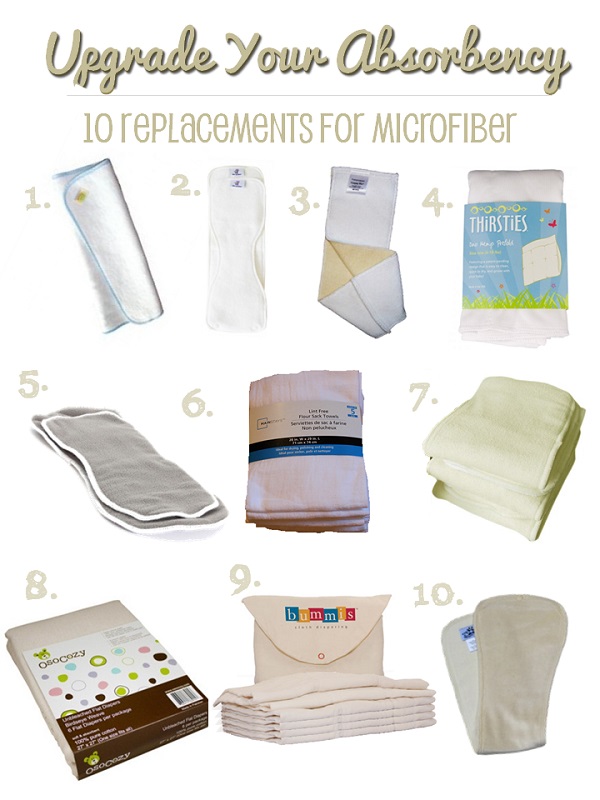
Credit: www.thinking-about-cloth-diapers.com
Prepping Your Inserts
Before using cloth diapers, it’s essential to prep your inserts. Prepping ensures they are clean and absorbent. Proper preparation can enhance their performance. Below, you’ll find steps to wash and dry your inserts.
Washing New Inserts
New inserts need thorough washing. This removes any residues and improves absorbency. Follow these steps for the best results:
- Use hot water for the initial wash.
- Add a small amount of detergent. Avoid fabric softeners.
- Run multiple wash cycles. This helps to increase absorbency.
Repeating the wash cycle three to five times ensures optimal performance. For natural fibers like cotton or hemp, extra washes might be needed.
Drying Techniques
Drying inserts correctly is crucial. It maintains their shape and absorbency. Here are some drying techniques:
- Air drying is the gentlest method. It extends the life of the inserts.
- Tumble drying on low heat is another option. It speeds up the drying process.
For faster drying, consider using a drying rack. Place inserts flat to prevent bunching. Sunlight can naturally bleach stains, keeping inserts fresh.
| Drying Method | Pros | Cons |
|---|---|---|
| Air Drying | Preserves fabric, uses no energy | Slower drying time |
| Tumble Drying | Faster drying time | May cause wear over time |
Choose the method that suits your lifestyle. Always check the manufacturer’s instructions. Proper prep ensures your cloth diapers perform at their best.
Assembling The Diaper
Assembling a cloth diaper with inserts might seem tricky at first. But it’s simple once you get the hang of it. This section will guide you through stuffing the inserts and adjusting the fit.
Stuffing The Inserts
First, take your cloth diaper and open it up. You’ll see a pocket inside. This is where the insert goes.
- Choose the right insert: Pick an insert based on absorbency needs.
- Place the insert: Slide the insert into the pocket. Ensure it lies flat.
- Check for bumps: Smooth out any bumps to ensure comfort.
Some parents use one insert during the day. For nighttime, you might need two inserts for extra absorbency.
Adjusting The Fit
Now, it’s time to adjust the diaper for a snug fit. This ensures no leaks and keeps your baby comfortable.
- Place the diaper: Put the diaper under your baby. Make sure the front and back are even.
- Secure the snaps: Use the snaps to adjust the waist size. Make sure it’s snug but not too tight.
- Check the legs: Ensure the elastic around the legs fits well. It should be tight enough to prevent leaks but not leave marks.
Always do a quick check to make sure the diaper is secure. Adjust if needed to keep your baby comfy and dry.

Credit: www.youtube.com
Changing Cloth Diapers
Changing cloth diapers might seem tricky, but it’s easy with practice. With the right steps, you can keep your baby clean and happy.
When To Change
Change the diaper as soon as it is wet or soiled. Babies usually need a diaper change every 2-3 hours. Always check before and after naps.
Step-by-step Guide
- Gather Supplies: You need a clean cloth diaper, an insert, wipes, and a diaper pail.
- Prepare the Diaper: Place the insert inside the cloth diaper. Make sure it’s flat.
- Lay Baby Down: Put your baby on a clean, flat surface.
- Open the Diaper: Remove the soiled diaper carefully. Use wipes to clean the baby’s bottom.
- Put on the Clean Diaper: Slide the clean diaper with the insert under your baby. Adjust the diaper and secure it snugly.
- Dispose of Soiled Diaper: Place the soiled diaper in the diaper pail.
| Time of Day | Frequency of Change |
|---|---|
| Morning | Every 2 hours |
| Afternoon | Every 2-3 hours |
| Night | Before bed and if they wake up |
Remember, changing cloth diapers keeps your baby comfortable. Keep your supplies handy and follow these steps.
Cleaning And Maintenance
Proper cleaning and maintenance of cloth diapers with inserts are essential. It ensures your baby’s comfort and the product’s longevity. Here, we discuss effective methods to keep your cloth diapers clean and fresh.
Daily Cleaning Routine
Set up a simple daily cleaning routine for your cloth diapers:
- Rinse the soiled diaper under cold water to remove waste.
- Place the rinsed diaper in a diaper pail or wet bag.
- Run a cold rinse cycle in your washing machine at the end of the day.
- Use a gentle, baby-safe detergent for the main wash cycle.
- Hang the diapers to dry or use a low-heat setting in the dryer.
Deep Cleaning Tips
Deep cleaning should be done once a month to maintain diaper hygiene:
- Pre-wash: Run a cold rinse cycle with no detergent.
- Main wash: Use a hot water cycle with a full dose of detergent.
- Rinse: Follow with an extra rinse cycle to remove detergent residue.
- Dry: Air dry in the sun, which helps kill bacteria and remove odors.
Stain Removal
Stains can be tricky but manageable. Here are some effective methods:
- Sunlight: Lay the diapers out in the sun for natural bleaching.
- Baking Soda Paste: Apply a paste of baking soda and water to the stain.
- Lemon Juice: Spray lemon juice on the stain before sun drying.
- Stain Remover: Use a baby-safe stain remover for stubborn spots.
Remember, maintaining clean cloth diapers with inserts is crucial. It keeps your baby comfortable and healthy.
Troubleshooting Common Issues
Using cloth diapers with inserts can sometimes be tricky. But don’t worry! We’ve got you covered with solutions to common issues. Below, we discuss how to handle leaks, diaper rash, and odor control effectively.
Leaks And Blowouts
Leaks and blowouts can be messy. Here are some tips to tackle them:
- Check the fit: Ensure the diaper fits snugly around the waist and legs.
- Adjust inserts: Place the inserts properly. They should cover the entire diaper area.
- Change frequently: Don’t wait too long to change a wet diaper. Change every 2-3 hours.
- Use extra inserts: For heavy wetters, add an extra insert to increase absorption.
Diaper Rash
Diaper rash can be uncomfortable for your baby. Here are ways to prevent it:
- Keep dry: Change wet diapers immediately to keep the skin dry.
- Use rash cream: Apply a cloth diaper-safe rash cream with every change.
- Clean thoroughly: Wipe the baby’s skin gently but thoroughly with each change.
- Air time: Give your baby some diaper-free time each day.
- Wash correctly: Use a gentle detergent and avoid fabric softeners.
Odor Control
Dealing with odors can be challenging. Here are some effective strategies:
| Tip | Details |
|---|---|
| Rinse immediately: | Rinse soiled diapers as soon as possible to reduce smells. |
| Use a pail liner: | Store dirty diapers in a pail with a washable liner. |
| Wash regularly: | Wash diapers every 2-3 days to prevent odor buildup. |
| Sun-dry: | Dry diapers in the sun. Sunlight helps eliminate odors naturally. |
| Add vinegar: | Add a cup of white vinegar to the rinse cycle for extra freshness. |
Tips For Success
Using cloth diapers with inserts can be a game-changer for parents. It offers an eco-friendly and cost-effective diapering solution. To help you succeed, here are some essential tips.
Building A Stash
Creating a sufficient stash of cloth diapers is crucial. Aim for at least 24-36 diapers. This number ensures you always have a clean diaper ready.
Consider the following types of cloth diapers:
- All-in-One: Convenient but takes longer to dry.
- Pocket Diapers: Fast-drying and customizable with inserts.
- Prefolds and Covers: Economical and versatile.
Having a variety of diapers in your stash can be beneficial. It allows you to choose the best option for different situations.
Traveling With Cloth Diapers
Traveling with cloth diapers requires some planning. Always pack more than you think you’ll need.
Here’s a quick checklist for your diaper bag:
- Diapers: Bring 6-8 for a day trip.
- Wet Bag: Store soiled diapers securely.
- Wipes: Use reusable or disposable wipes.
- Extra Inserts: Have a few on hand for emergencies.
A travel-friendly diaper pail can make things easier. Look for one that seals tightly to contain odors.
Nighttime Solutions
Nighttime diapering can be challenging. It often requires extra absorbency.
Consider these solutions for overnight use:
- Double Inserts: Use two inserts for added absorbency.
- Hemp or Bamboo Inserts: These materials are highly absorbent.
- Wool Covers: They are breathable and help prevent leaks.
Experiment with different combinations to find what works best. Every baby is unique, so flexibility is key.

Credit: clothdiaperkids.com
Frequently Asked Questions
What Are Cloth Diaper Inserts?
Cloth diaper inserts are absorbent layers placed inside the diaper. They soak up moisture and keep your baby dry. Inserts come in various materials like cotton, bamboo, and microfiber.
How To Use Cloth Diaper Inserts?
To use cloth diaper inserts, place them inside the diaper pocket. Ensure they are flat and cover the entire area. Adjust as needed for comfort.
How Often To Change Cloth Diaper Inserts?
Change cloth diaper inserts every 2-3 hours or when wet. Frequent changes keep your baby comfortable and prevent rashes.
What Types Of Cloth Diaper Inserts Are Best?
Bamboo and cotton inserts are popular for their absorbency and softness. Microfiber inserts dry quickly but may need a cover for better absorption.
Conclusion
Using cloth diapers with inserts is simple and eco-friendly. Follow the steps to ensure comfort and efficiency. Remember, practice makes perfect. With time, you’ll find the best routine for your baby. Enjoy the benefits of reduced waste and cost savings.
Happy diapering!

